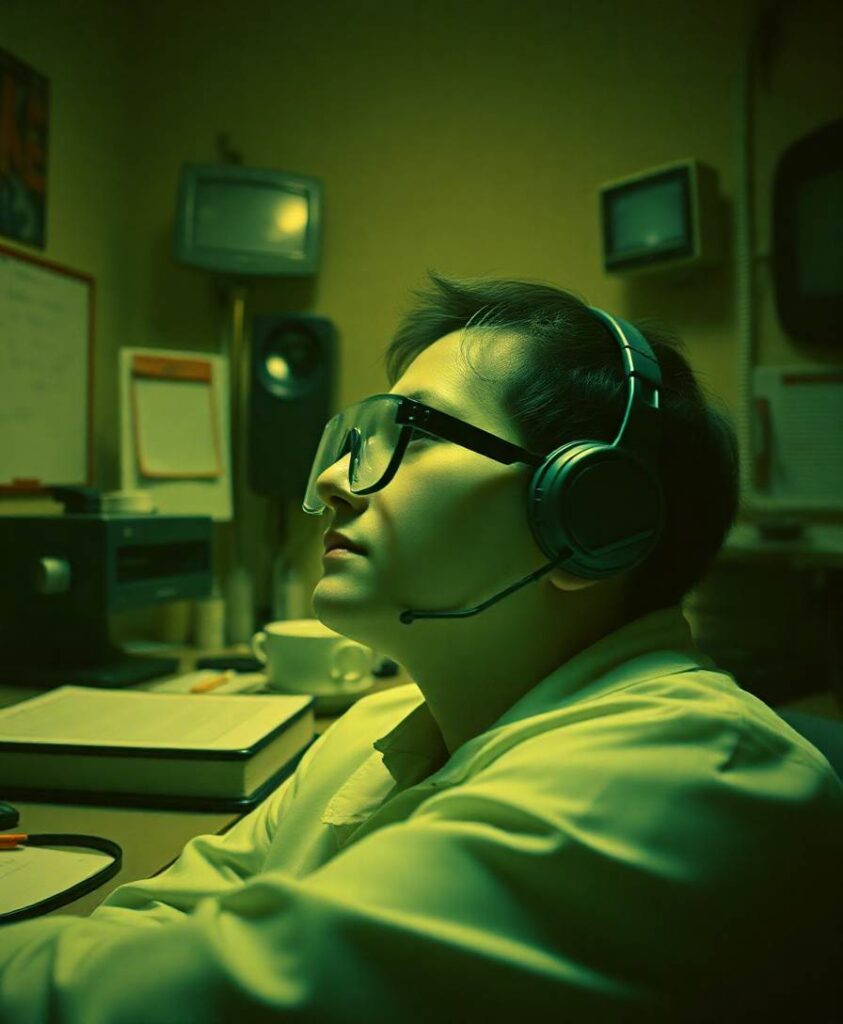The spatiotemporal dynamics of the neural mechanisms underlying endogenous (top-down) and exogenous (bottom-up) attention, and how attention is controlled or allocated in intersensory perception are not fully understood. We investigated these issues using a biologically realistic large-scale neural network model of visual-auditory object processing of short-term memory. We modeled and incorporated into our visual-auditory object-processing model the temporally changing neuronal mechanisms for the control of endogenous and exogenous attention. The model successfully performed various bimodal working memory tasks, and produced simulated behavioral and neural results that are consistent with experimental findings. Simulated fMRI data were generated that constitute predictions that human experiments could test. Furthermore, in our visual-auditory bimodality simulations, we found that increased working memory load in one modality would reduce the distraction from the other modality, and a possible network mediating this effect is proposed based on our model.



